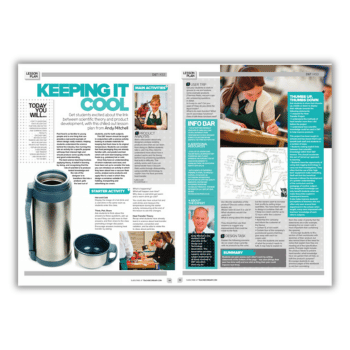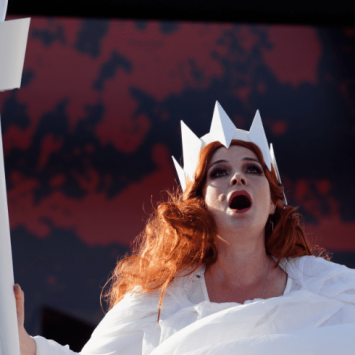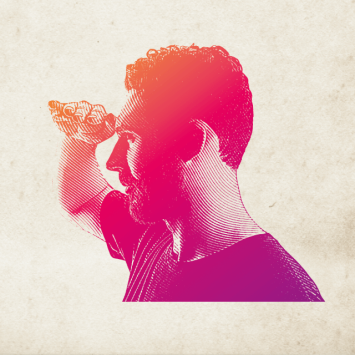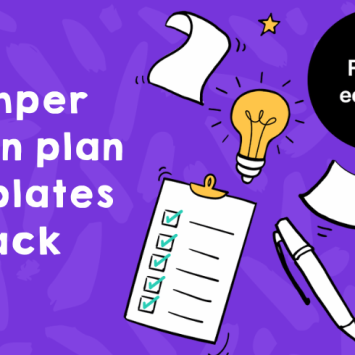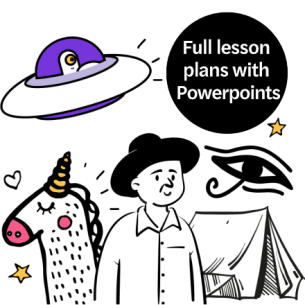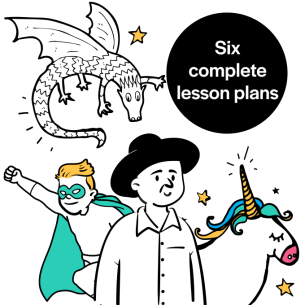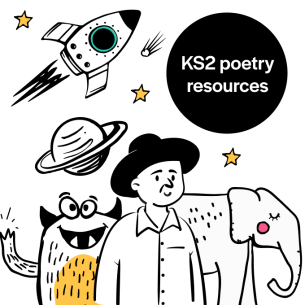Get students excited about the link between scientific theory and product development with this heat transfer product design lesson plan from Andy Mitchell…
Fast food is so familiar to young people. It can provide a real-world example of where design really matters.
Helping students understand the science behind the industry, then turning this into an activity for a specific purpose will keep their interest high. It should also produce some quality results and good understanding.
The best science teaching involves applying theory. A belief in learning by doing, and recognising that the role of the scientist is to produce tested knowledge and the role of the designer is to transform this into a product, gets the best out of students, and for both subjects.
This D&T lesson should be taught in conjunction with a science activity looking at suitable materials for keeping fast food close to its original temperature.
Students can consider fast food packaging they are already familiar with. They’ll predict and test which will work best keeping certain foods (e.g. potatoes) hot or cold.
Once they have an understanding of which materials work best, and have been set up to consider the task, you can introduce an activity in which they learn about how a vacuum flask works, analyse some products and apply this to a task in which they design a container suitable for holding, transporting and advertising ice cream.
Learning objectives
- Start to understand how a vacuum flask functions, and use this knowledge in a design task to improve other products
- Discover three methods of heat transfer, and state one way a vacuum flask prevents heat transfer
- Explain how vacuum flasks prevent heat transfer
- Design a new product and explain how it fits the brief
Starter activity
Display the image of a hot drink and a cold drink in the same room as students enter the class. Ask students to think about the answers to these questions, pair up to see if they can add more to their answers, and then share to the class promoting a longer discussion.
Encourage answers involving heat transfer by asking:
- What is happening?
- What will happen over time?
- Why does a cold drink get warm and a warm drink go cold?
You could also have actual hot and cold drinks and measure the temperature during the starter activity, remeasuring at the end of the lesson to see the changes.
Recap what students have already learnt in science about heat transfer: conduction, convection and radiation, and be able to relate this to ideas about particles.
Andy Mitchell is the assistant chief executive at the Design and Technology Association. The Association provides support, advice and subject leadership for all those involved in D&T education.
